Louisiana’s Tammany Trace
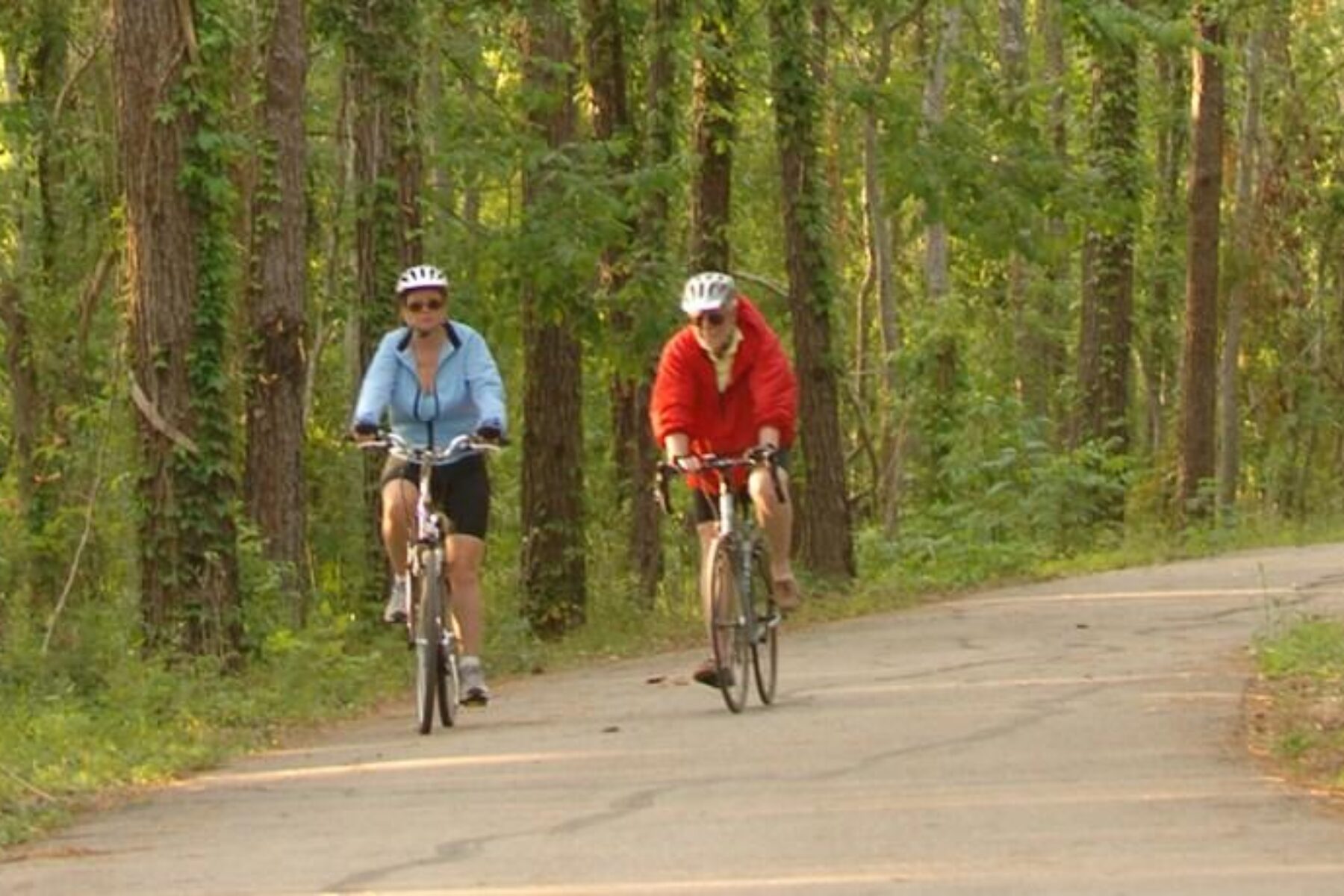
Trail of the Month: August 2017
“You’re not far from civilization, but you don’t hear the noise.”
The Tammany Trace is a Southern belle nestled in the pristine natural surroundings of the Northshore across a vast lake from vibrant New Orleans. Spanning 27 miles, the paved pathway crosses a number of small creeks and bayous on more than two dozen bridges, connecting five quaint towns—Covington, Abita Springs, Mandeville, Lacombe and Slidell—each with their own unique character and appeal.
As the newest inductee into the Rail-Trail Hall of Fame, the Trace not only checks off every box on our list—such as scenic beauty, historical significance, exemplary management and plentiful trailside amenities—but also on yours, nabbing 60 percent of the public vote in a nationwide poll of three premier rail-trails competing for the honor.
“Any place on the Trace is a favorite spot,” says Lisa Maddox, operations manager of the Tammany Trace for the St. Tammany Parish. “Just being out there and looking at the scenery … how could you not enjoy it?”
According to Maddox, the rail-trail is the number one tourist attraction in the parish (a political division in Louisiana equivalent to a county), and it’s not hard to see why. With farmers markets, playgrounds, a wildlife refuge, breweries, nearby Lake Pontchartrain’s beaches and other fun features, it becomes a virtual choose-your-own-adventure experience. And, with plentiful lodgings in the adjacent towns and camping options in Fontainebleau State Park (including lakeside cabins), longer stays to take it all in are readily possible.
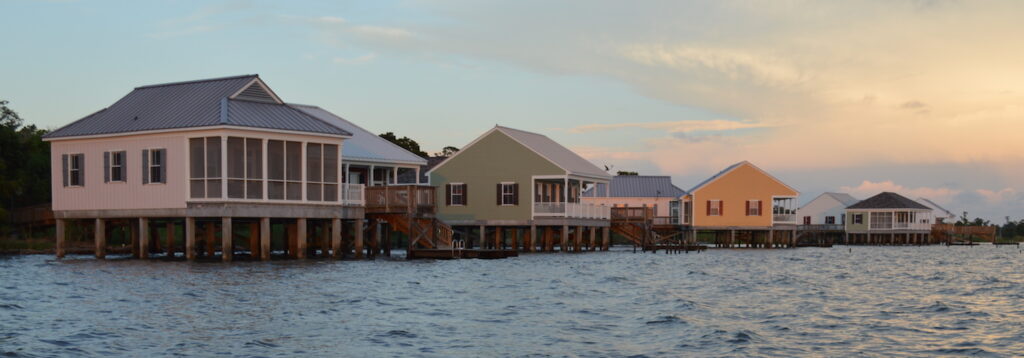
Offering the best of both worlds, the trail has many areas that feel remote, even though restaurants and shops are always close by. In its tall, piney woods, coastal marshes and wetlands, quiet travelers may have the luck of seeing wild turkeys, red foxes, deer, rabbits, or even a wild boar or alligator.
“Once you leave Mandeville and head toward Lacombe, most of it is wildlife preserve,” says Renée Kientz, head of communications for the St. Tammany Tourist Commission. “You’re not far from civilization, but you don’t hear the noise.”
Picking Up Steam
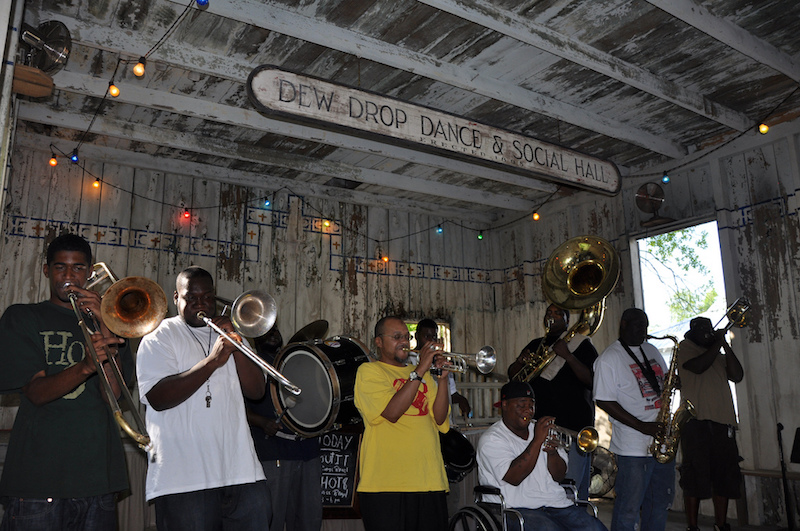
This lush backdrop has been a summer escape for New Orleans residents and other travelers since the late 1800s. Jazz was also blooming during this era and, just blocks from the trail in Mandeville, is the historical Dew Drop Jazz & Social Hall, where legends like Louis Armstrong once played.
The passenger trains stopped running in the 1930s, and freight trains (primarily carrying brick and lumber) followed suit in the late 1980s. Nods to this railroad past include a trailside caboose in Mandeville (which rests on a small piece of the old track) and two converted depots, one in Mandeville and the other in Covington, which serve as visitor centers.
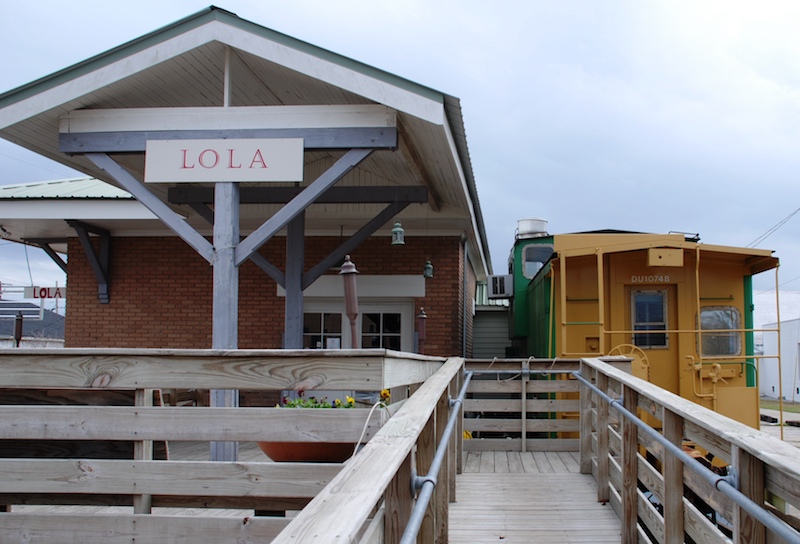
The St. Tammany Parish acquired the disused rail corridor—an Illinois Central Railroad line—in 1992, and advocates for its conversion to a rail-trail were inspired by a visit to the successful Fred Marquis Pinellas Trail (which also later became a Hall of Fame rail-trail) along Florida’s west coast.
Shortly beforehand, the Intermodal Surface Transportation Efficiency Act (better known as ISTEA and pronounced “ice tea”) had been passed in 1991. The
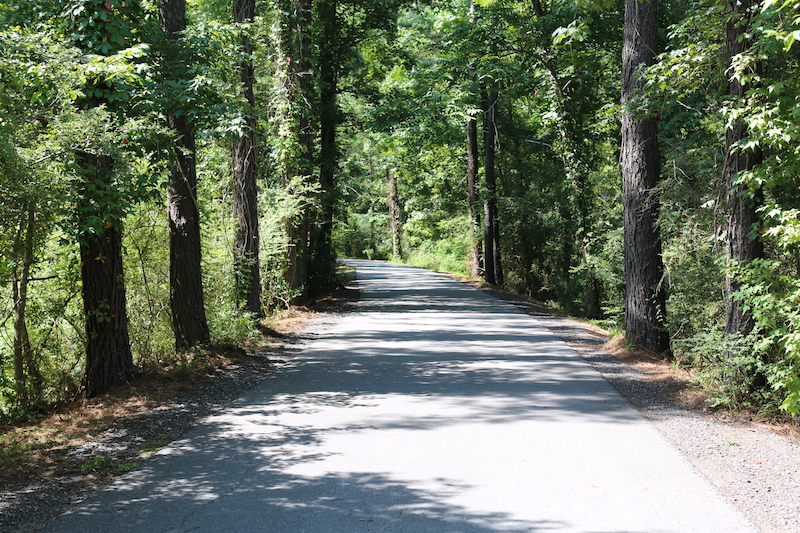
Tammany Trace became one of the first rail-trails in the country funded by the landmark legislation that allowed federal transportation money to be spent on bicycling and walking projects. Supporting the effort was the Tammany Trace Foundation, a nonprofit formed to provide a local source of funding for the trail’s construction and to build public awareness.
Rails-to-Trails Conservancy (RTC), itself just a few years off the ground, helped with early planning meetings for the project. In a cover story for the Winter 1999 issue of Rails to Trails magazine, RTC’s Marianne Fowler noted, “We did not have rail-trails in Louisiana, and one of RTC’s goals was to have a rail-trail in every state.”
The organization got its wish in 1994 when the Trace’s first section opened, an 8.5-mile stretch between Abita Springs and Mandeville, becoming the Bayou State’s first rail-trail. “We cut the ribbon and broke a bottle of champagne on the caboose,” recalls Bruce Wainer, who has served as president of the Tammany Trace Foundation for more than two decades.
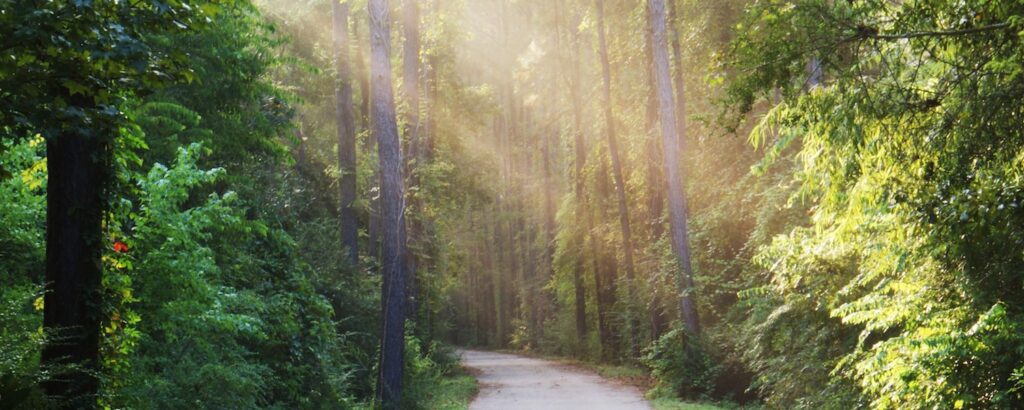
Slidell(ing) Into Home
Additional pieces of the pathway fell into place over the years as funding became available. In 2000, the Tammany Trace was designated as one of only 50 Millennium Legacy Trails in the country in recognition of its significance to the state. The trails were selected by the White House Millennium Council in partnership with RTC, the U.S. Department of Transportation and the American Hiking Society.
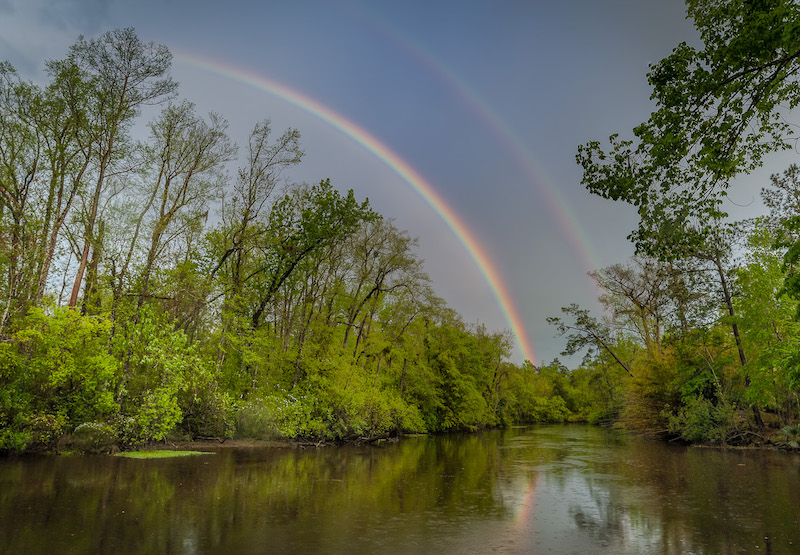
But there remains one last leg of the trail to complete: A short extension out from the trail’s eastern end—only 1.5 miles farther—that would allow trail goers to reach downtown Slidell and the city’s Heritage Park. Just a few weeks ago, the Slidell City Council gave the okay for the city to provide matching funds for its portion of the expansion, but the new section will face some challenges as it won’t follow a former rail corridor as the rest of the Trace does.
In addition to the trail itself, the Tammany Trace Foundation has fundraised for trailside projects that enhance the overall experience as well.
“The Northshore is very family oriented as a result of the quality of the public school system, the low crime rate and the overall quality of life,” says Wainer. “But there wasn’t a lot for families and young children to do. That gave us the vision to do the Kids Konnection playground and to turn the trailheads into something more than just something for adults and teenagers. It’s a multifunctional trail that attracts all ages.”
More than 300,000 people now visit the trail annually, and its trailheads have expanded in importance to become cultural hubs and gathering places for events. Although parts of the Trace are more than 20 years old, Maddox says the parish is committed to maintaining the beloved asset and spending the funds necessary to keep the trail well surfaced and in great shape. In fact, the rail-trail is so flat and comfortable to ride that local bike shops primarily offer cruiser-style bikes.
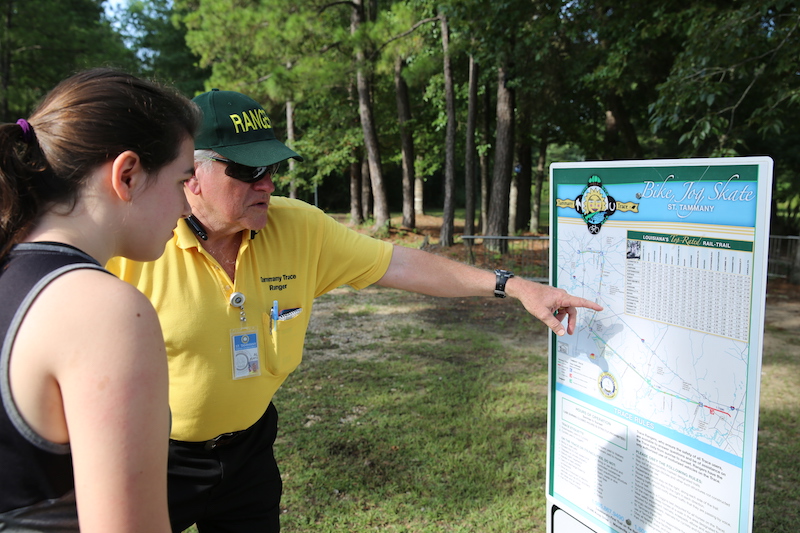
Trace Rangers, managed by the parish, patrol the route at all times, looking for safety hazards (like downed tree branches), keeping the trailhead restrooms clean and picking up wayward trash. Easy to spot in bright yellow shirts, they also serve as goodwill ambassadors, a role that is symbolic of the way residents embrace the trail and welcome its visitors.
“I think the Tammany Trace is something that the parish is very proud of,” says Wainer. “It’s helped put our little bedroom community on the map. It’s been a tremendous benefit. The community has been very supportive of the trail and is hopeful of more to come.”

Donate
Everyone deserves access to safe ways to walk, bike, and be active outdoors.



